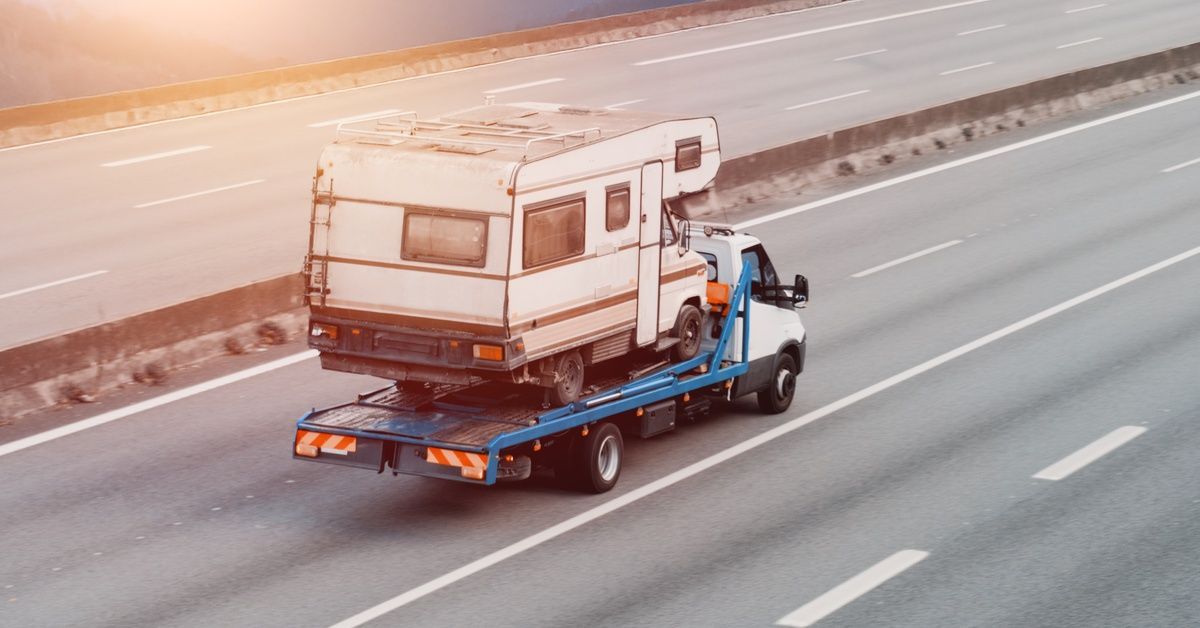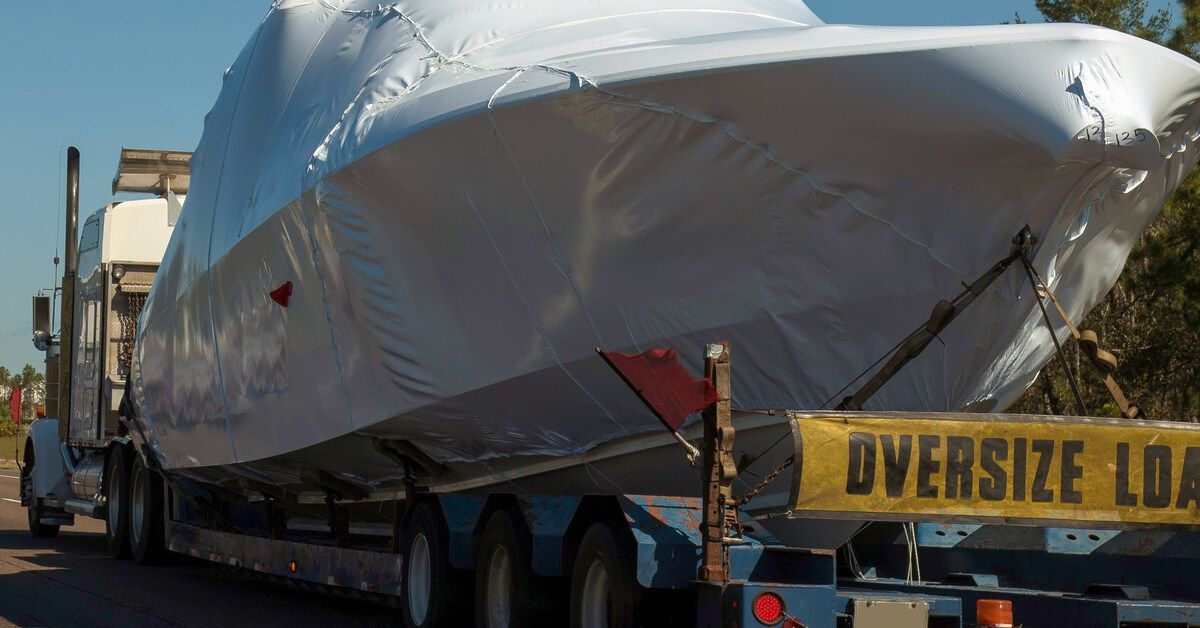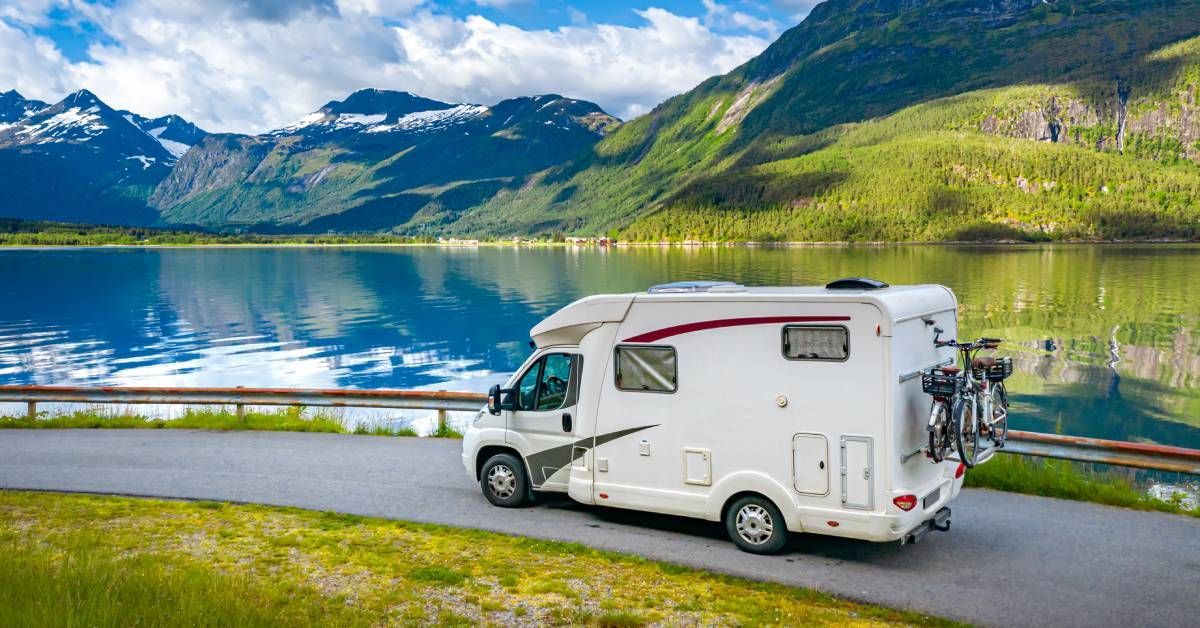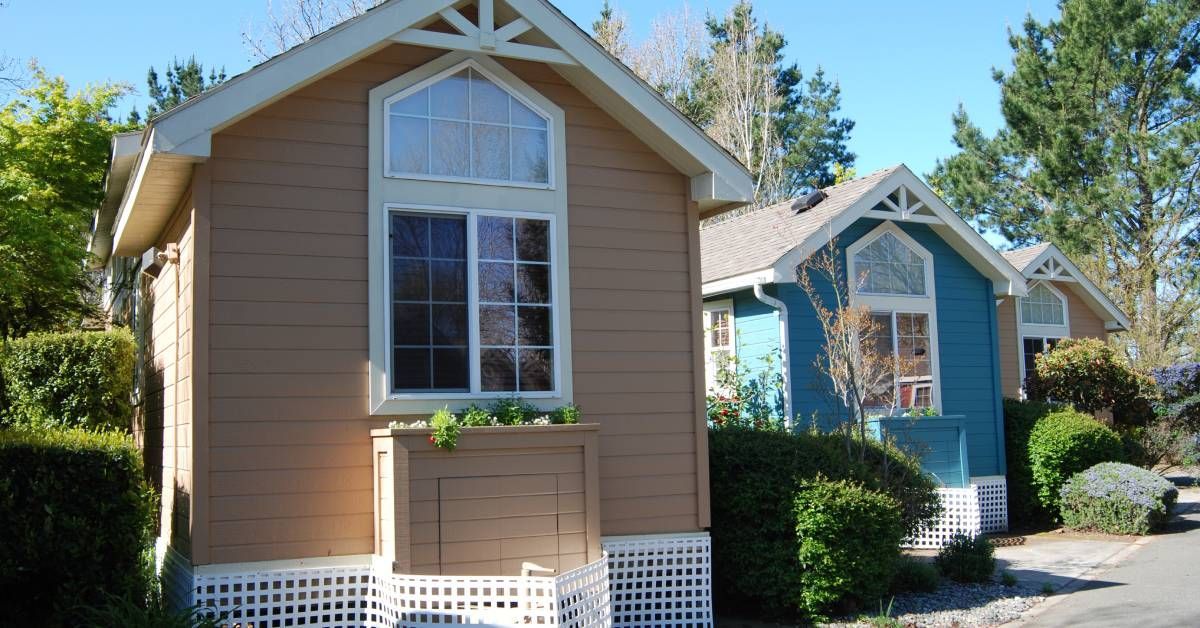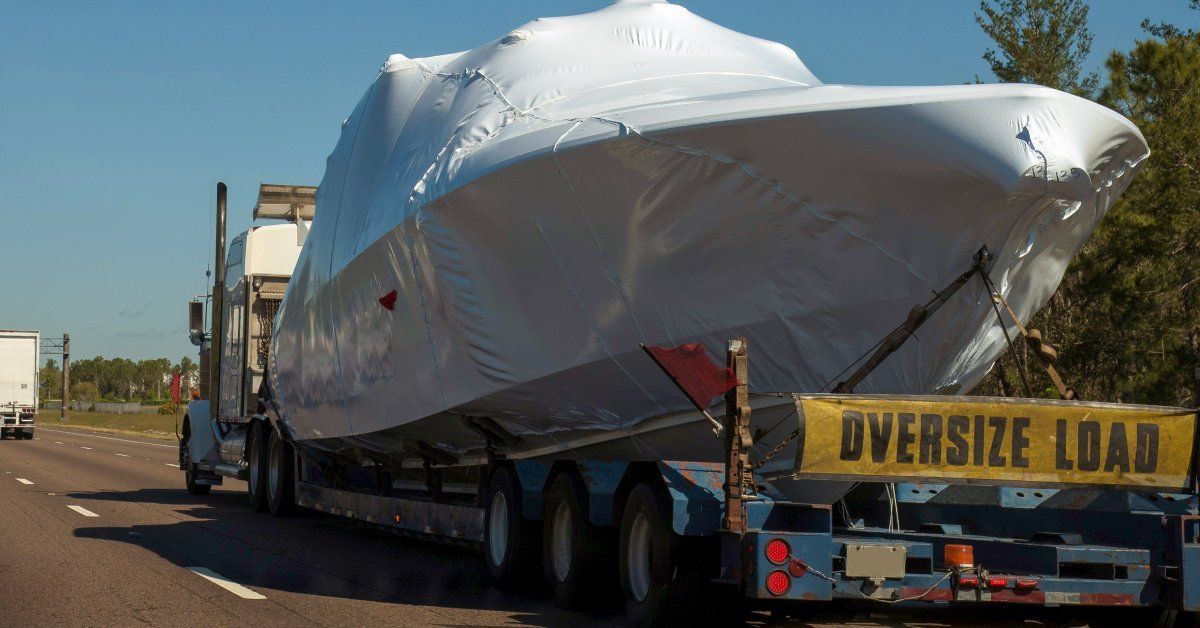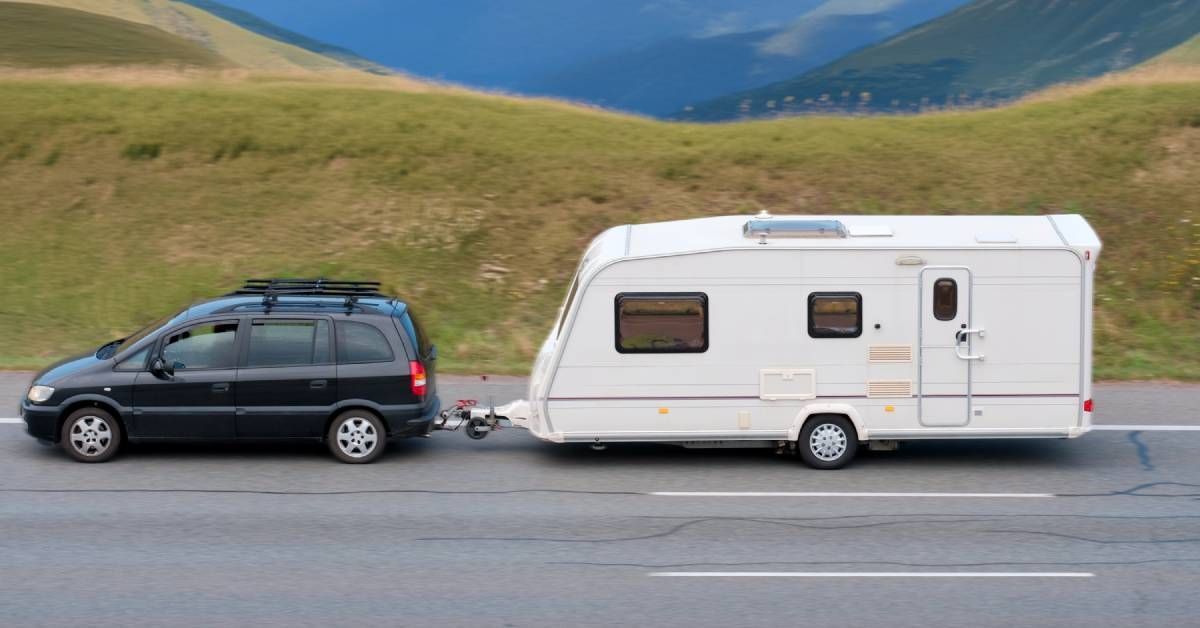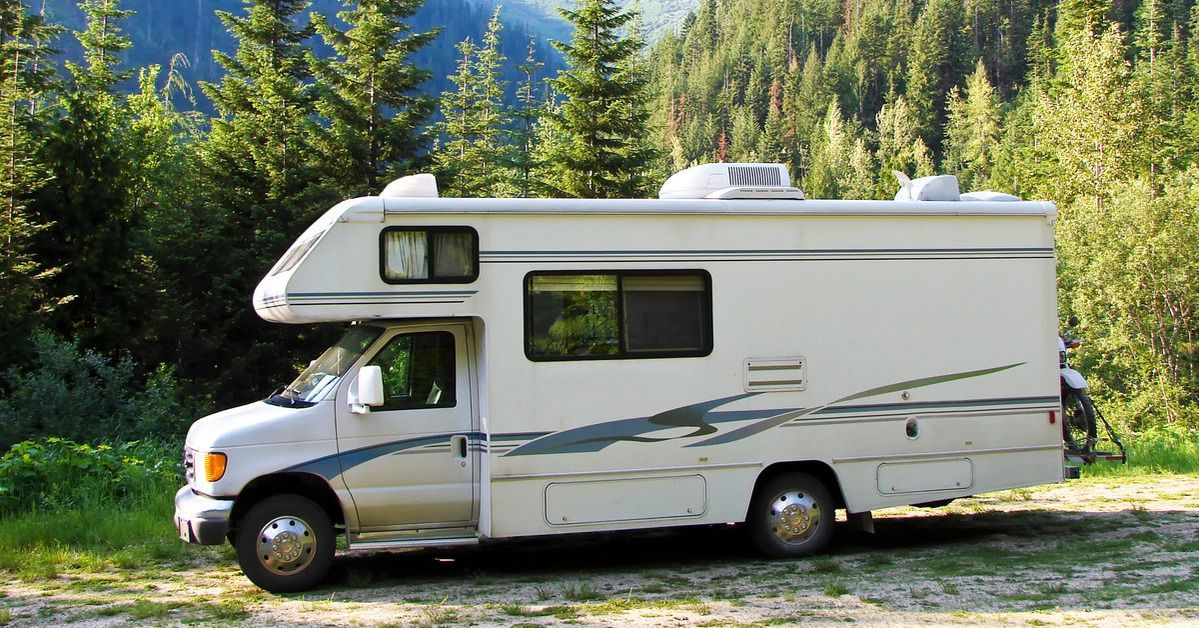24 HOUR CUSTOMER SERVICE
GET A QUICK QUOTE TODAY! CALL US TOLL FREE:
844-292-2153
3 Things To Expect When Moving a Tiny Home
Tiny home living is more than a trend; it's a movement. Offering the appeal of minimalism, reduced living costs, and the freedom to roam, tiny homes are captivating homeowners across the globe. But what happens when it's time to move your small abode? Continue reading to learn about some important things to expect when moving a tiny home.
Planning Your Move
Transporting a tiny home isn't as simple as hitching it to a truck and hitting the road. First, you need to understand the legal requirements. Regulations vary by state and country, so it’s crucial to research and obtain any necessary permits. In some areas, you might need to secure a special towing license or adhere to specific road restrictions.
Next, consider the logistics. Will you hire a professional moving company, or will you transport the home yourself? Professional movers can handle the complexities of the move, ensuring the safe transportation of your home. However, if you decide to go the DIY route, make sure you have the right vehicle, towing equipment, and insurance coverage. Planning ahead will save you from unexpected roadblocks and ensure a smooth transition.
Navigating the Journey
The actual transportation of your tiny home is where the adventure begins. One of the main challenges you will face is changing road conditions. Highways are generally safe, but navigating through narrow roads, sharp turns, and inclines can be tricky. To mitigate these risks, plan your route in advance and avoid roads that might pose a challenge.
Another consideration is the weather. Strong winds, heavy rain, or snow can make transporting your tiny home dangerous. Check the weather forecast and choose a day with the best conditions for travel. Additionally, make regular stops to check on the stability and security of your home. Ensuring your tiny home is well-secured will prevent any damage during transit and give you peace of mind.
Settling In
Once you've arrived at your destination, the work isn't over. The next step is finding a suitable spot to park your tiny home. This spot needs to be level and stable to prevent any tilting or shifting. You may also need to make connections to utilities like water, electricity, and sewage, depending on your setup.
After parking and connecting utilities, inspect your home for any damage that might have occurred during the move. Look for cracks in the walls or roof and any misalignment in fixtures. Addressing these issues promptly will ensure that your tiny home remains in good condition. Finally, take some time to re-familiarize yourself with your home and its new surroundings, making any necessary adjustments to ensure comfort and functionality.
The Mobility of Tiny Homes
Transporting a tiny home is an exciting but complex process that requires careful planning and execution. By understanding the things to expect when moving a tiny home, you can ensure a successful relocation.
If you're ready to take your home on the road, contact the experts at Coast to Coast Transportation. Our tiny house shipping services will ensure a seamless transition. We boast top-notch transport equipment and careful handling procedures, so you can count on us to relocate your home in a safe and efficient manner. Get a quick quote today!
WHERE TO FIND US
3815 N. Highway 1, Suite 111,
Cocoa, FL 32926
Cocoa, FL 32926
WHERE TO FIND US
3815 N. Highway 1, Suite 111,
Cocoa, FL 32926
Cocoa, FL 32926

